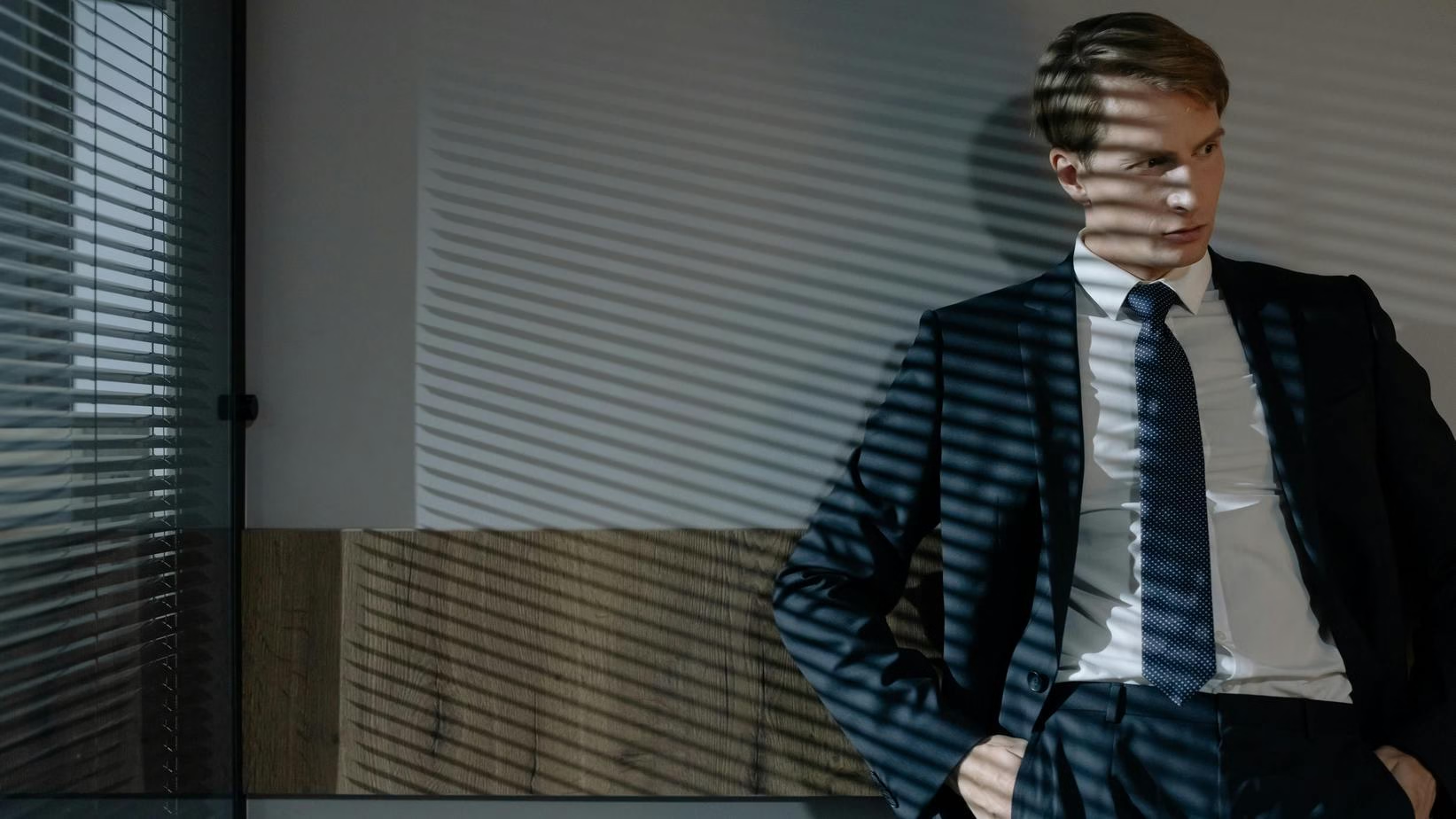Confused about business formal vs business casual? Discover the key differences, style tips, and when to wear each dress code to leave a lasting professional impression.
Table of Contents
Introduction
First impressions are very important at work. What you wear says a lot before you even speak. But many people ask: what is the difference between business formal and business casual?
Knowing these dress codes helps you look professional and avoid mistakes. This blog will explain both styles. We will show how they are different. We will also give you easy tips to dress well for both.
What is Business Formal?
Business formal is the strictest professional dress code. It is for serious meetings where you need to look your best.
Key Elements of Business Formal
- For Men:
- A well-fitting suit in a dark color like navy, black, or gray.
- A clean dress shirt with a simple tie.
- Shined dress shoes like Oxfords.
- For Women:
- A pantsuit, skirt suit, or a formal dress.
- Colors should be neutral or dark.
- Closed-toe heels or flats. Do not wear too much jewelry.
Style Tip: Keep it clean and professional. Wear clothes with no wrinkles. Your shoes should be polished.
What is Business Casual?
Business casual is more relaxed but still neat. It is less strict than business formal but still looks put together.
Key Elements of Business Casual
- For Men:
- Chinos, khakis, or nice pants.
- A shirt with a collar, like a polo or button-down. A tie is not always needed.
- Loafers, brogues, or clean, simple sneakers (if your office allows it).
- For Women:
- Blouses, cardigans, or sweaters.
- Skirts, dress pants, or casual dresses.
- Flats, loafers, or low heels.
Style Tip: You can be comfortable. But do not wear clothes with holes, loud t-shirts, or beach sandals.
Business Formal vs Business Casual — Key Differences
Clothing
- Business Formal: Strict suits, dark colors, fancy fabrics.
- Business Casual: More choices, lighter fabrics, more colors, and separates you can mix.
Accessories
- Business Formal: Simple watches, belts, and small jewelry.
- Business Casual: You can show your style with bold watches, pretty scarves, or fun ties.
Footwear
- Business Formal: Always shined shoes, like Oxfords or closed-toe heels.
- Business Casual: Loafers, flats, or simple sneakers (if it’s okay at work).
When to Wear Business Formal vs Business Casual
Wear Business Formal For:
- Job talks in fields like law, banking, or consulting.
- Big meetings with clients or company leaders.
- Work parties or fancy dinners.
Wear Business Casual For:
- A normal day at many offices.
- Casual Fridays.
- Jobs in creative or tech fields where dress is relaxed.
Global Dress Code Variations
- US and UK: Dress codes change a lot by job type.
- Asia: Japan is often more formal. Singapore mixes formal and casual.
- Middle East: Work clothes are formal but also respect local culture and modesty.
Common Mistakes to Avoid
- Wearing casual clothes to a formal interview.
- Dressing too formally for a casual workplace.
- Not caring for your hair, nails, or shoes. A messy look is bad.
Style Tips to Master Both Dress Codes
- Buy Key Items: A good suit, quality shirts, and nice shoes work for both styles.
- Mix Pieces: Try a blazer with chinos for a look that is in between.
- Look Neat: Clean hair, trimmed nails, and a light scent make any outfit better.
- Be Confident: Your clothes are important, but how you carry yourself matters most.
Related Comparisons & Helpful Resources
Want to learn more about style? Check out this guide: Dinner Suit vs Business Suit

